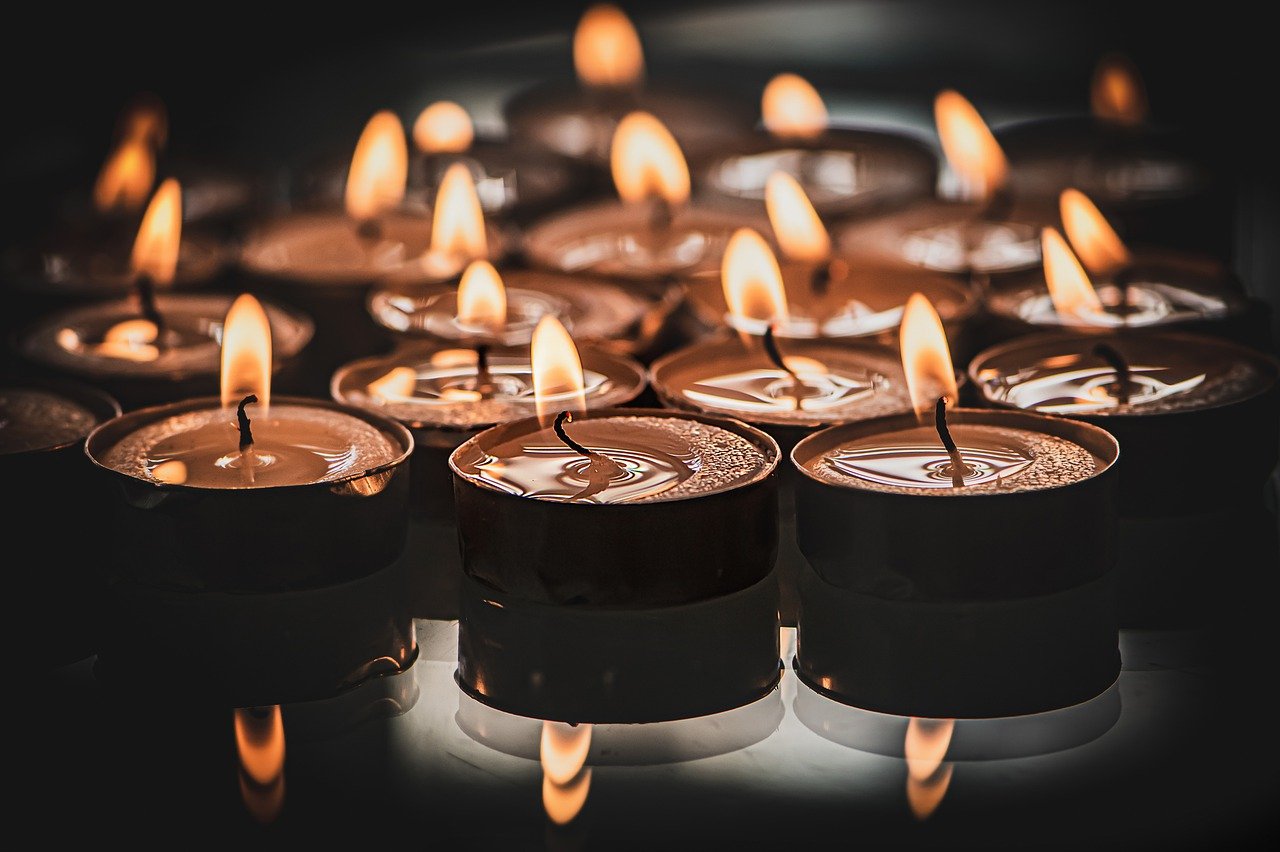I don’t know about you, but I am a sucker for anything that makes me feel like a milker. Whether it’s a glass of milk every morning, a glass of milk after dinner, or a glass of milk in the afternoon, there is something about having those sweet, thick, milky tears flowing down your cheeks that is quite pleasant. I have been on a milker journey for as long as I can remember.
One of the most important parts of milkering is the process of milking the cow. When you give your milk, you’re creating milk in the form of the milk itself. The milk is the result of the milk that’s being drawn from the cow’s udders. The more you milk, the more milk you produce, and the more milk you produce, the more milk you produce.
The first milkers I know of were small people in the South who wanted to make a living by milking the cows. In the 19th and early 20th centuries, the idea of milking the cows was considered barbaric, so they began to seek methods that would help them produce more milk. Some of these techniques include the use of mechanical devices called milker bikes to milk and clean the cows.
These methods have been around for a few thousand years. The concept of milking the cows has become very popular around the world. Some of the earliest milking methods were based on the ancient Egyptians’ method of raising chickens. The Egyptians used a “chick-shaped” device called a “chick-fry” to set them up for milking.
So it seems like the earliest milking machines were mechanical devices used to milk the cows. They were pretty small and had a crank to turn them.
Milking machines are still around and still in use in some countries. To feed the cows in the United States, the USDA recommends milking them with a hand pump. This is still used in the United States, but it’s not a really ideal way to milk the animals.
There are many websites out there that are trying to change this. We’ve talked to a few, but not quite done yet. These websites are really very interesting, and the most interesting ones are: “Chips and milkers” and “Chips and chicks.” All through this process, we are learning a lot about what happens in milking. I don’t want to say that this book is complete without a few pictures.
We are starting out in our study of the different types of milking machines. The most basic of these are the hand pumps, which are more like your little old-fashioned hand pump. They make regular, steady, slow, steady milk. There are also ones that are self-contained and can run on batteries. These are called milkers. They use vacuum to suck up the milk and then you run the pump as fast as its on. Finally, there are some that use jet pumps.
We only have a few pictures in the book, and we’ll try to add more. These are the most basic types of milk, but are better suited for a few special situations.
Like most of the other hand-pumpers, the milkers cost a fraction of the regular hand pumps. They are more expensive because of the vacuum, but they have a few advantages. The most obvious advantage is that the milker can run for a lot longer, and is much easier to clean out after use. It also just seems to be more efficient. The milkers do tend to have a tendency to lose their milk after a while.









